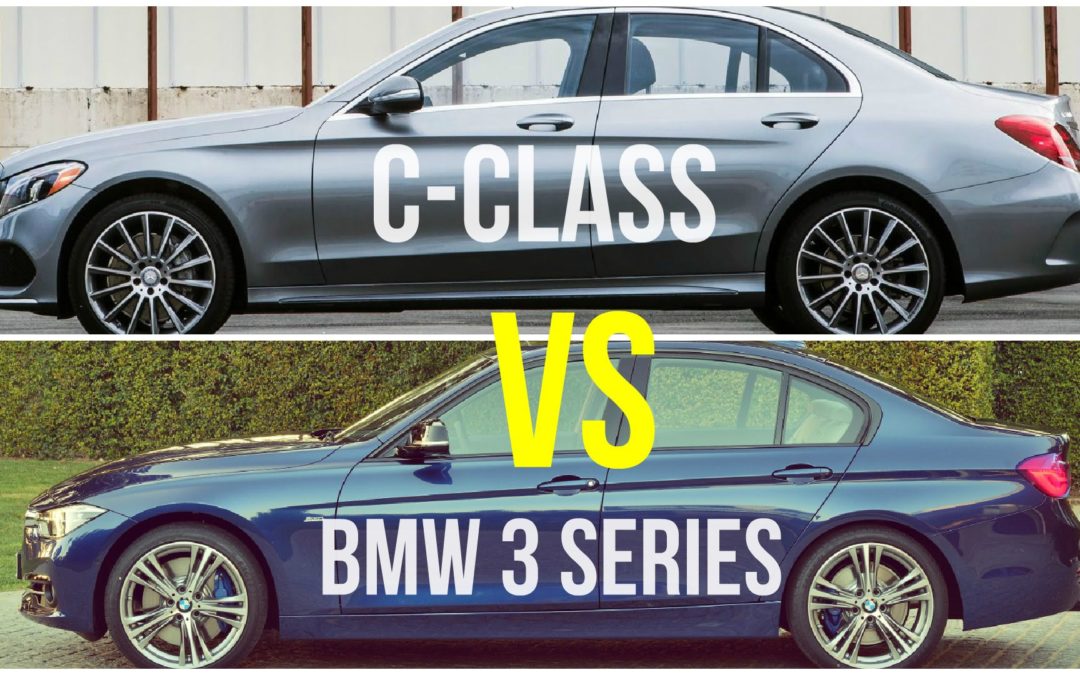The Mercedes C Class and the BMW 3 Series are both exquisite cars aimed at business users. Both are enjoyed by people looking for a sleek and comfortable ride, but which one comes out on top?
We looked at the safety, fuel economy, emissions and value for money to put the cars head-to-head, and discover which one is really the best.
Safety
In terms of equipment, the Mercedes wins hands down. The C Class includes a standard backup camera, which is a collision-prevention feature that applies the car’s brakes in the event that a collision needs to be avoided. This feature is only optional on the BMW. There’s also an Attention-Assist feature that tackles tired or drowsy driving, which improves the car’s airbag and restraint system should a crash occur.
The BMW 3 Series does not offer either one of these features, with its collision-prevention feature being an optional addition, rather than a standard feature of the model. However, it does come with lane-departure warnings, adaptive cruise control, and a blind spot monitoring system. The Mercedes also comes with all of these features, and the C Class takes the medal for the safety category, due to its additional standard elements.
Fuel Economy
Both of these cars are powered by responsive, fuel-efficient turbocharged engines. At base level, both have turbo 4-cylinder engines, and the upper trim models have twin turbo inline 6s. The C Class offers more power and better fuel economy than the 3 Series, and with the introduction of the rear-wheel drive variant it comes out on top in this category.
Emissions
Again, the Mercedes comes out on top in this category. The eco-friendly BMW model emits 109g/km, or 119g/km if you go for the regular model. However, both of these figures are higher than the C Class, which emits 106g/km.
Verdict: While the BMW is still wonderful to drive, the Mercedes C Class comes out on top in all three categories.
If you’re interested in learning more about Mercedes vehicles, visit our blog.



